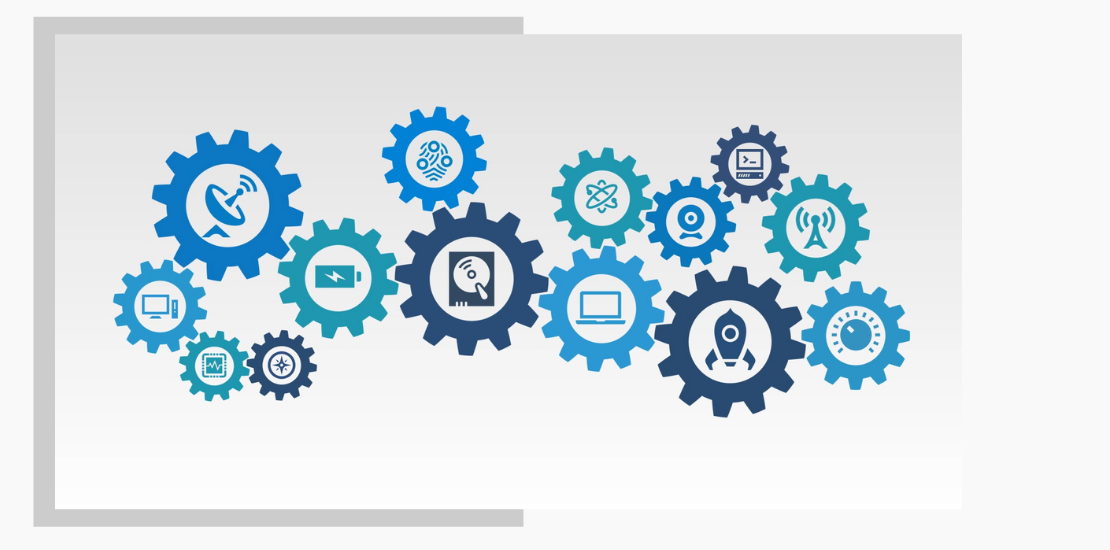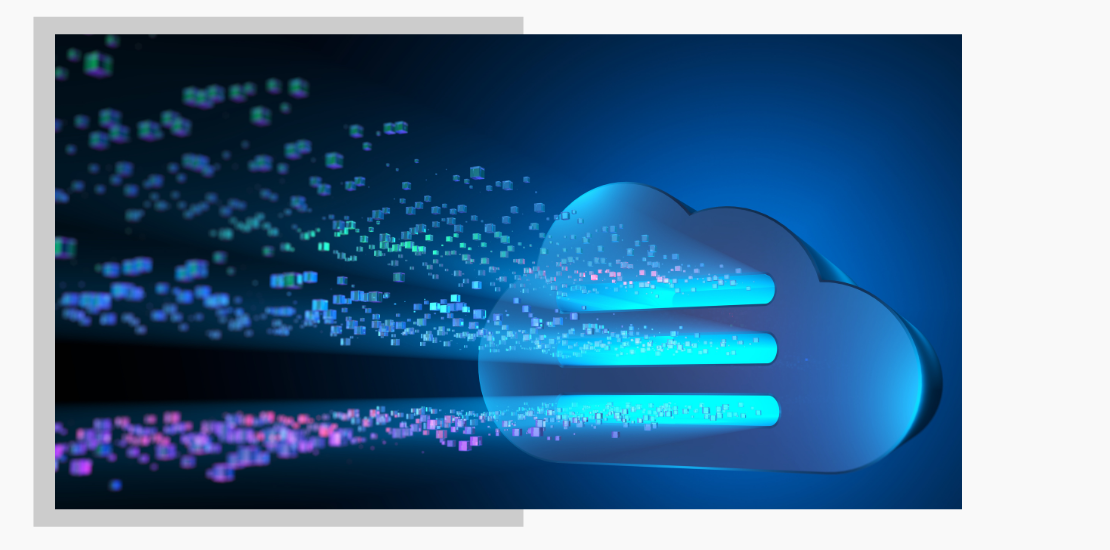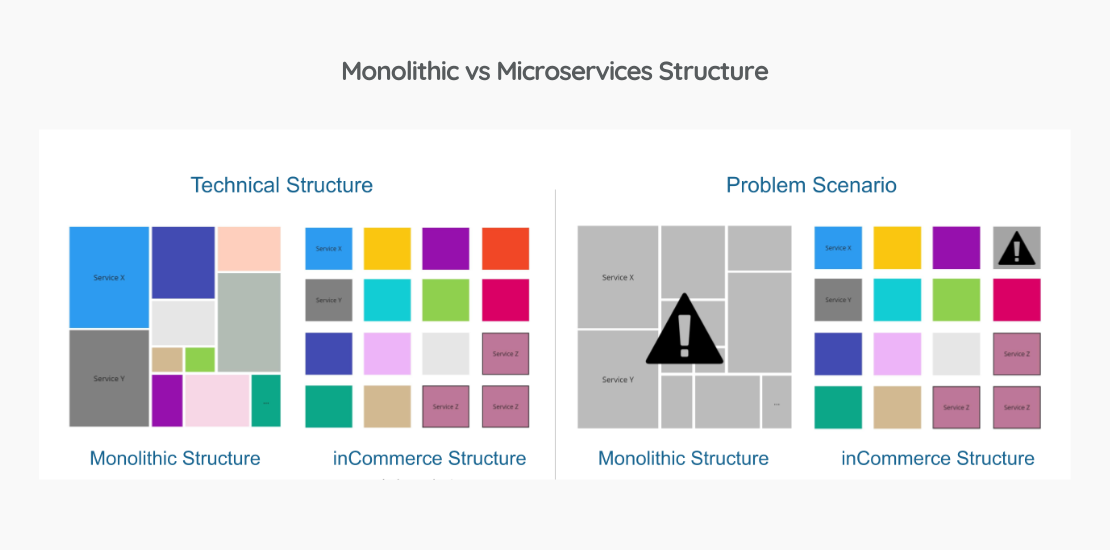

E-commerce applications were traditionally designed using monolithic based architecture—a single application that consolidates disparate business logic, user interfaces, and products in one large codebase. While monolithic architecture may be sufficient for some e-commerce applications, it can quickly become problematic when the amount of data, features, and product variety increases. This is where new architectural structures came into the picture, as they bring in a lot of flexibility, scalability, and reliability, like MACH Architecture. In a nutshell, MACH is an architectural style based on atomic design principles leveraging four key concepts; Microservices, API-first, Cloud-native, and Headless approach.
MACH architecture is a structure that facilitates the implementation of multiple features to meet the challenges of modern development. For e-commerce businesses that are struggling to keep up with the innovation and the growing demand for personalized digital experiences; MACH can be evaluated as the savior.
So what MACH actually is, right? Let’s start with the basics first:
>> Microservices:
Microservices is a software development technique that arranges an application as a collection of loosely coupled services. This structure consists of a collection of small autonomous services, modeled around a business domain. The benefit of decomposing an application into different smaller services is that it improves modularity. The approach enables the rapid, frequent, and reliable delivery of large, complex applications. It also enables organizations to evolve their technology stack.

>> API-first:
API stands for Application Programming Interface. An API is a set of programming instructions and standards for accessing software applications. It specifies how components should interact with each other. The e-commerce API allows developers to build integrations with their platforms without having access to the code base or database structure of their platforms. Instead of being added on as an afterthought, an API-first design approach suggests APIs are the driving force behind the application's design.
>> Cloud-native:
Cloud-native is a set of principles for building applications that can be hosted on the cloud. These applications are designed to run on the cloud, leveraging cloud services and elasticity in their architecture. A cloud-native platform combines cloud technologies with the concept of microservices and was designed for the current digital age. Cloud-native e-commerce allows you to quickly and flexibly introduce new functions and features, adjust your business quickly, and respond faster to market changes.

>> Headless approach:
A headless approach in e-commerce is a structure where the front-end and back-end are completely decoupled. This means that the system need not have a single layer in order to function properly. The presentation layer (front end) of the e-commerce entity is separated from the application logic and managing data (back end). This structure basically brings more freedom and flexibility in building out a strong digital presence.
What are the benefits of MACH architecture?
Everyone loves technology, especially when it meets business goals. In the e-commerce industry, the challenges are almost limitless, however, the MACH approach overcomes some of the most crucial of these challenges. As e-commerce players strive to stay ahead of their competition, with the rise of new business models and innovations in the e-commerce space, there has been a paradigm shift in architecture towards MACH architecture.

The microservices structure makes the application easier to understand, develop, test, and become more resilient to architecture erosion. It parallelizes development by enabling small autonomous teams to develop, deploy and scale their respective services independently. It also allows the architecture of an individual service to emerge through continuous refactoring. Microservice-based architectures enable continuous delivery and deployment. It also eliminates any dependencies on a single framework, which increases the development velocity of any app or service within the organization.
When applied to e-commerce development, microservices allow teams to handle the constant changes in business requirements without interrupting e-commerce platform performance. The technology has enabled businesses to make required changes at the speed of light.

Enterprise e-commerce applications usually have much functionality. With this being the case, flexible architecture is required for the quick launch of the applications and desired customization level.
These days, more and more e-commerce businesses are adopting a headless architecture — which puts them at a competitive advantage in the age of change. Using an e-commerce product with a headless architecture should help you expand your business's features and capabilities. Thus, eliminates the need to re-platform because of a major trend shift or changing customer habits. Rather than relying on a server-side scripting language, the headless architecture uses a combination of APIs and front-end frameworks to interact with the e-commerce platform. This approach creates more powerful and innovative shopping experiences when combined with a strong backend like the platform Inveon offers.
MACH architecture makes applications easier to scale and faster to develop, enabling innovation and accelerating time-to-market for new features. Thanks to their flexibility, they can also be customized to suit the unique goals and image of your company.

MACH vs Monoliths
Surprise, surprise! Monolithic applications are not the best option anymore. We are living in complicated times; users want everything faster and more straightforward. There are challenges with scalability, reliability, efficiency, and agility.
It is no longer affordable to lose even a split second. Unlike monoliths, MACH platforms provide advanced scalability because each service can be scaled independently with one dedicated backend server allowing horizontal scaling as opposed to having multiple application servers you need to scale vertically. Furthermore, as the back end is a standalone application, any changes made to the front end do not impact the back end, or any problem that occurred in one function does not take all systems down.
Integrating with new technologies can also be difficult if you are using a traditional monolith architecture, whereas MACH provides APIs to create smooth integrations by utilizing standard interfaces.

Modern commerce with MACH architecture
The ability to utilize MACH-based e-commerce solutions is now vital to creating a digital experience that resonates with customers across channels. With a strong focus on flexibility, modularity, and scalability; MACH architecture is uniquely positioned to enable enterprises to modernize their e-commerce platform and realize the benefits of cloud-based digital transformation.
In this article, we only touched on the basic points and the top layer of the MACH architecture. It may be difficult to fit all technical information about this multi-layered complex structure in short content, but it is quite easy to discover these platforms and their amazing benefits. The Inveon inCommerce platform has been carefully designed so that you can benefit from all the advantages of MACH architecture and offer the best possible digital experience to your customers.
One of the most exciting possibilities for e-commerce is now the adoption of MACH-based platforms. So, request a demo of Inveon inCommerce today and discover what the future of commerce will bring to you.

